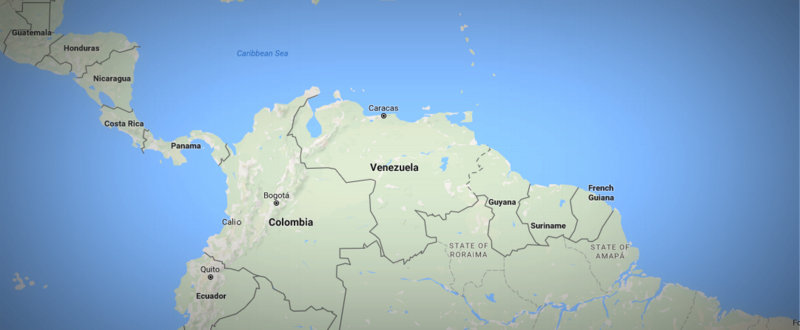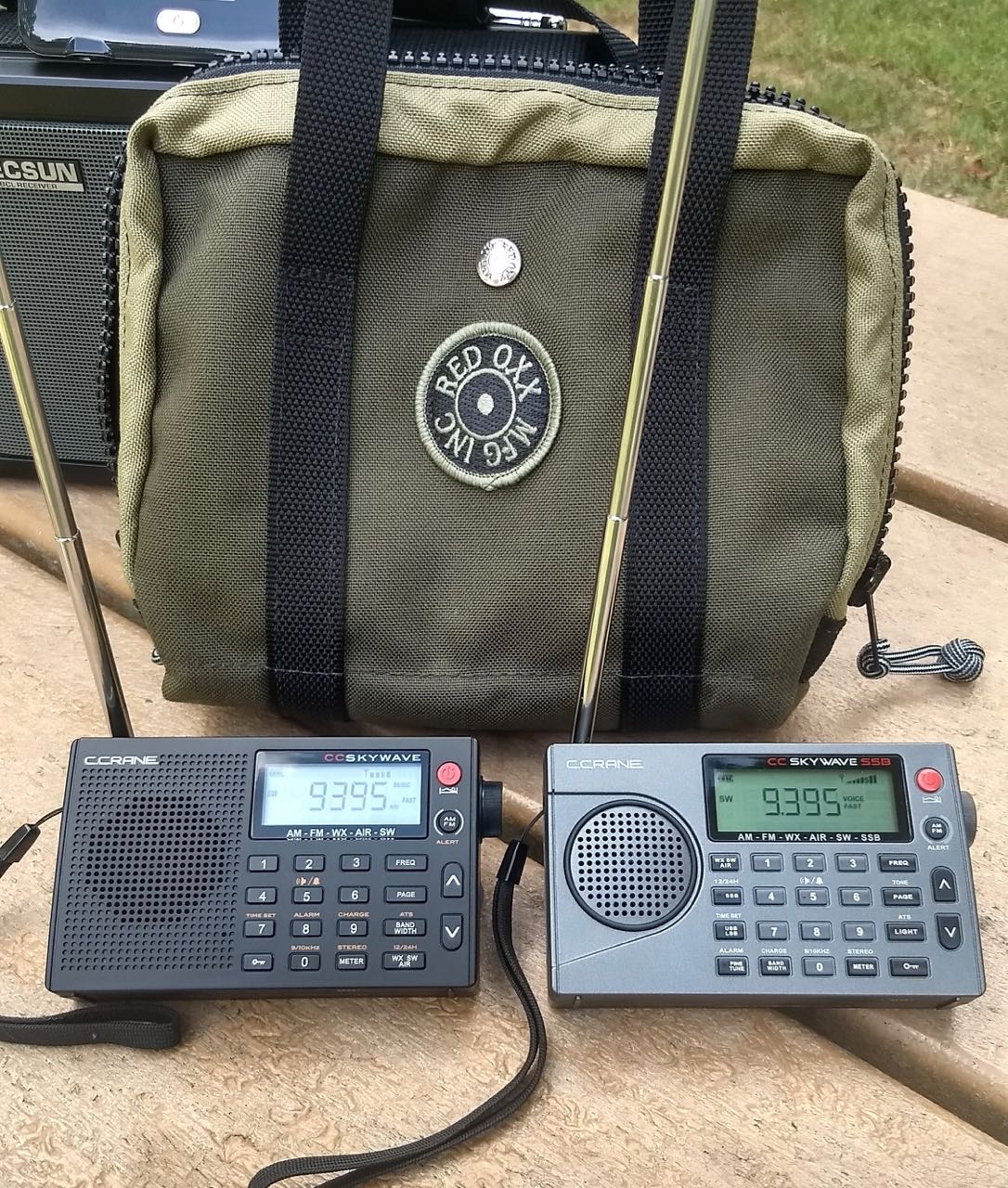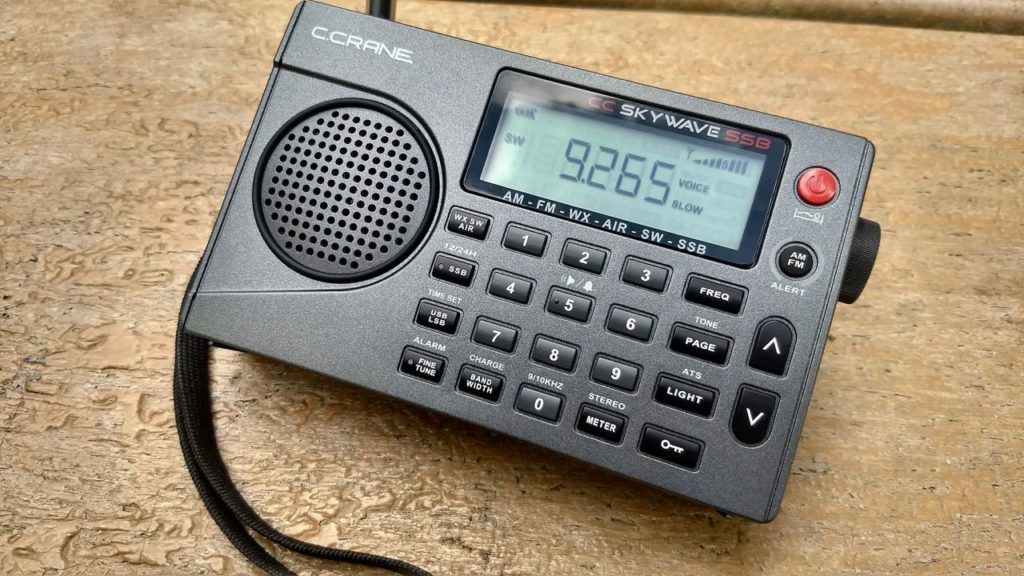From the Isle of Music, September 3-9:
This week, our special guest is Grupo Vocal Sampling, a unique acappella group who is this year’s Cubadisco winner in the Vocal/Choral Music category. We visited them in Havana during a rehearsal in May. Among other things, they demonstrate how they make their wonderful music. Also, a musical tribute to the late Lourdes Torres, a wonderful Cuban singer/songwriter who passed away last month.
Four opportunities to listen on shortwave:
1. For Eastern Europe but audible well beyond the target area in all directions with 100Kw, Sunday 1500-1600 UTC on SpaceLine, 9400 KHz, from Kostinbrod, Bulgaria (1800-1900 MSK)
2. For the Americas and parts of Europe, Tuesday 0000-0100 UTC on WBCQ, 7490 KHz from Monticello, ME, USA (Monday 8-9PM EDT in the US)
3 & 4. For Europe and sometimes beyond, Tuesday 1900-2000 UTC and Saturday 1200-1300 UTC on Channel 292, 6070 KHz from Rohrbach, Germany.
It’s a funky world….
Episode 27 of Uncle Bill’s Melting Pot tears the roof off of Planet Earth on Thursday, September 7 from 2300-2330 UTC on WBCQ, 7490 KHz on the short waves. We’ll have funky stuff from a few different countries plus yet another contest.





















